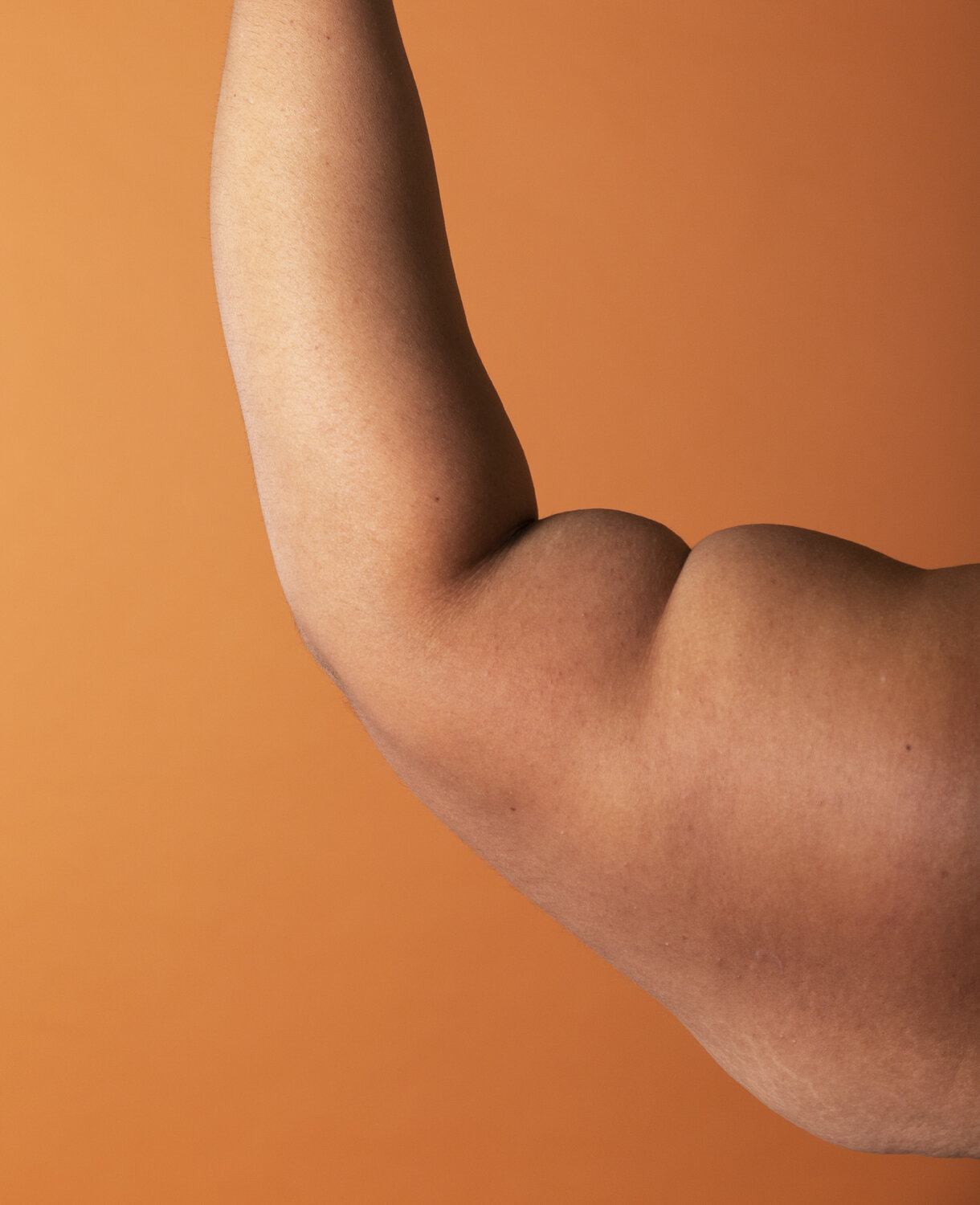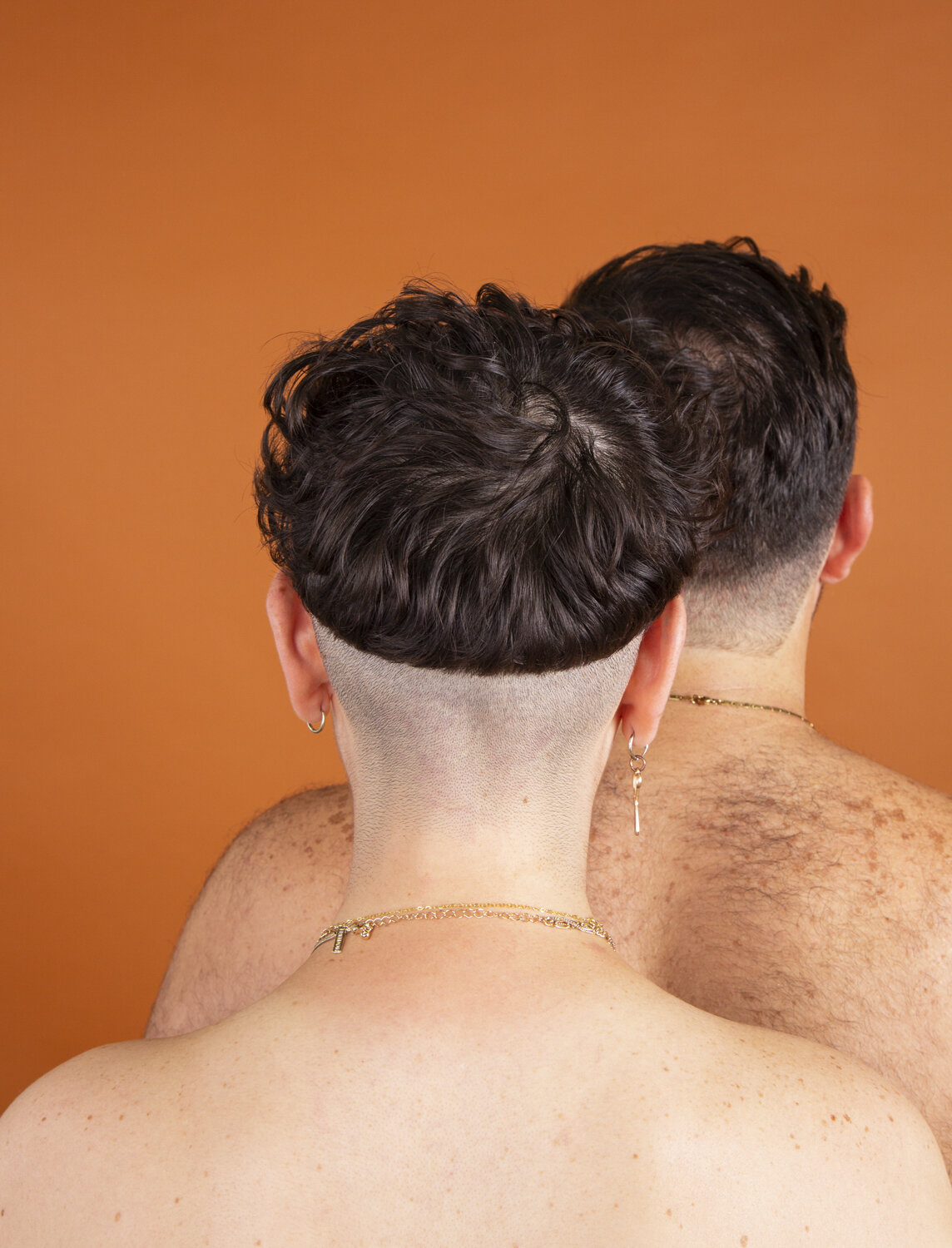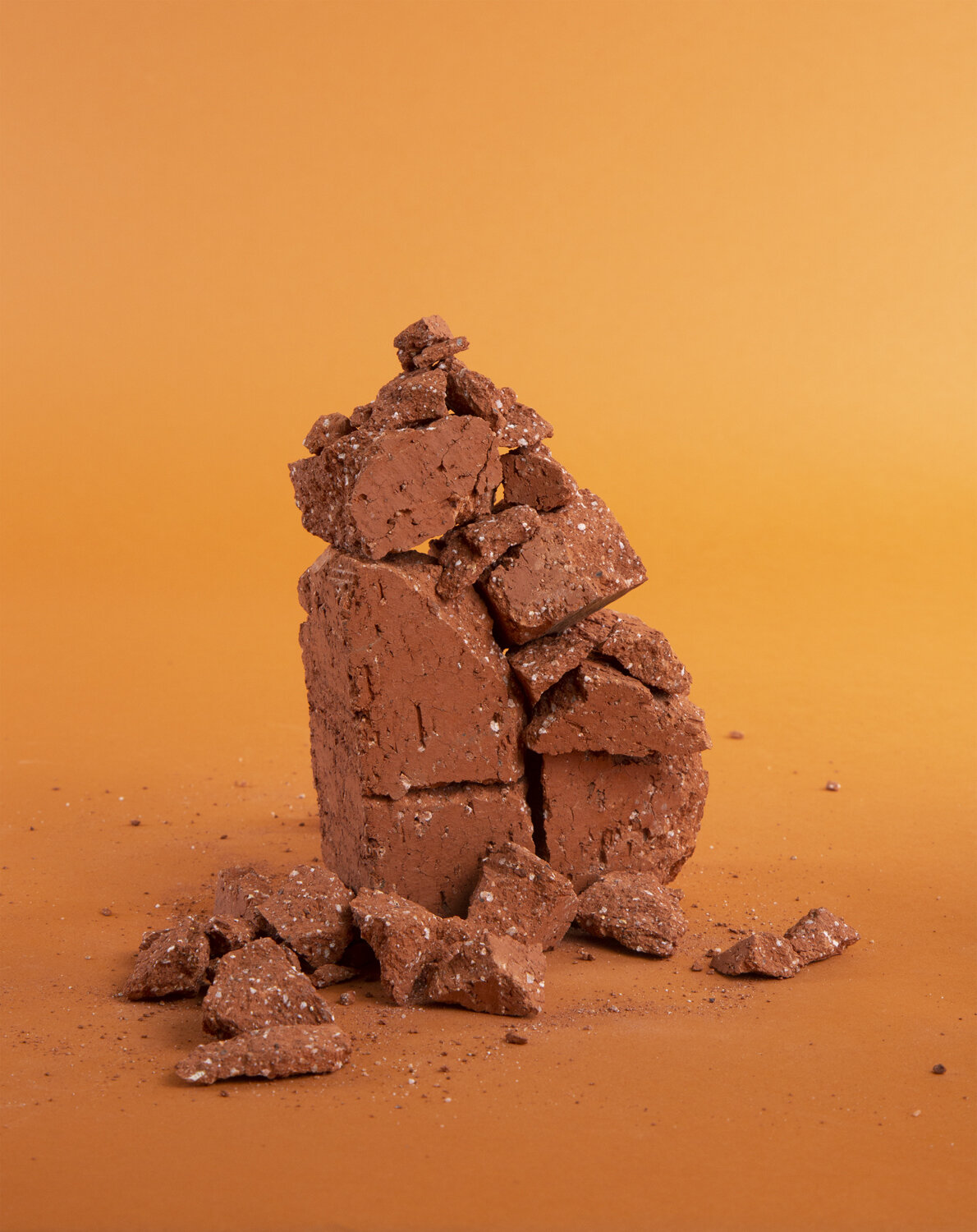Marcela Pardo Ariza - SPILLAGE
Marcela Pardo Ariza
SPILLAGE
SPILLAGE Installation View
Marcela Pardo Ariza, El brazo más fuerte 2019 18’’ x 22’’ Pigment Print, poplar
Marcela Pardo Ariza, De ti pa’ mi 2019 20’’ x 26’’ Pigment Print, ash
Marcela Pardo Ariza, Ladrillo Aburrido 2019 16’’ x 20’’ Pigment Print, Oak Frame
Marcela Pardo Ariza, Ladrillo Destruido 2019 16’’ x 20’’ Pigment Print, Oak Frame
Marcela Pardo Ariza, Ladrillo Reconstruido 2019 16’’ x 20’’ Pigment Print, Oak Frame
Marcela Pardo Ariza, Osos 2019 18’’ x 22’’ Pigment Print, poplar
Marcela Pardo Ariza, Spillage 2019 70’’ x 85” Vinyl NFS
Marcela Pardo Ariza, One Third 2019 18’’ x 22’’ Pigment Print, poplar
Marcela Pardo Ariza
Spillage
Earthy red in hue, flecked with white–once loose earth formed and fired into its rigid rectilinear form. The brick as the archetypal symbol of construction, of building, of industry, stability, memory and capital, yet also as a force for destruction, as a common tool heaved in protest, perhaps most iconically as the first object hurled at an oppressive police force at New York’s Stonewall Inn during that historic fight for queer liberation.
San Francisco-based artist Marcela Pardo Ariza’s latest exhibition Spillage, uses the brick as a grounding element in an exploration of contrasts, focusing on the rigidity of architecture juxtaposed against the softness of bodies. On one wall of the gallery we see a repeated patterning of lattice bricks known as “celosias”, two framed prints of the brick’s earthy red rectilinear cousin sitting on top of the celosias. Both bricks photographed on a warm orange background, the brick on the left is whole and the brick on the right, seemingly whole yet revealing that it was once broken and has been meticulously reassembled and grouted back to a semblance of its original form. On the opposing wall painted that same warm orange, are large tightly cropped images of a figure’s rounded back, folds of skin radiating light and shadow. A photograph of an arm reaching and unapologetically snapping to the sky splits the corporeal archway made by mirrored images of the dual curved backs, in a way, reminding us that not all spillages are to be cleaned, some must be celebrated.
Spillage is an investigation of control and the loss of it, and the tensions between the minimal and the ornate, order and chaos and inclusion and exclusion. Proudly honoring bodies that defy the social norm, celebrating hairy and fat bodies, brown bodies and queer bodies–contrasted by the rectilinear form of the brick, which itself has been deconstructed in various permutations. Spillage asks the crucial question of how we exist within all these contradictions, and perhaps how architecture and thereby society can better accommodate, protect and uplift different types of bodies.











